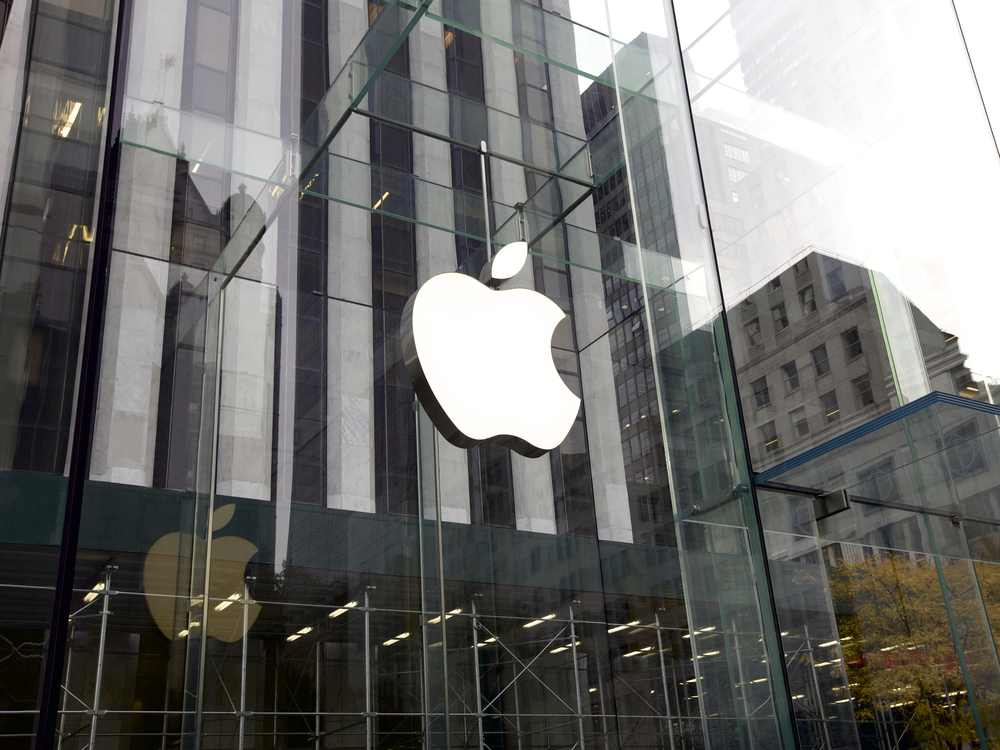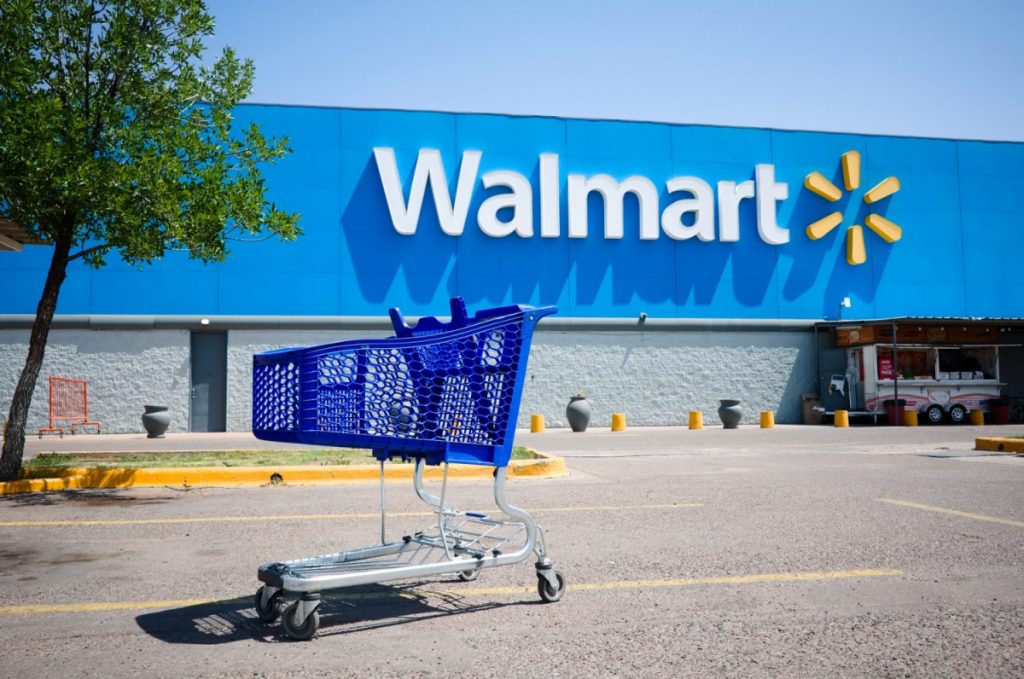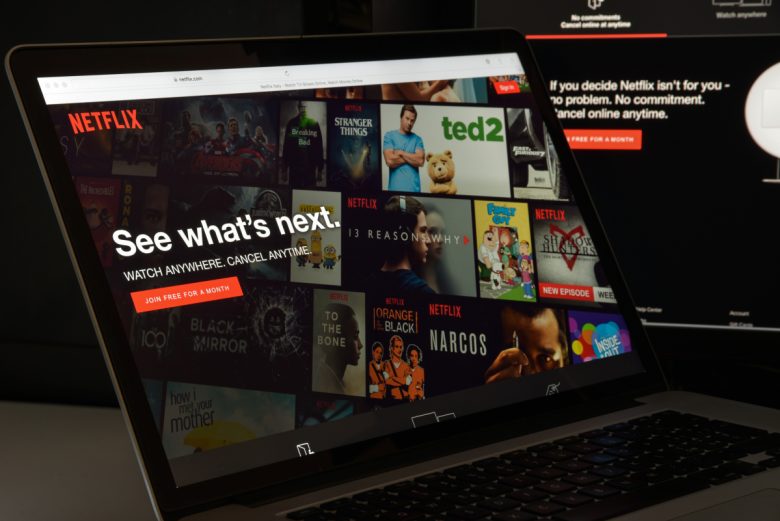The business-to-consumer model, or B2C model, is one of the most common business models as we all see it throughout our daily lives. Throughout the years, some B2C companies have found the keys to scaling a business into an international powerhouse. Today, we’ll be looking at 10 of the most successful B2C companies and how they were able to use this model to succeed.
What is the Business-to-Consumer Model?
The business-to-consumer model covers any business transaction that goes from a business to the end user, or consumer. We see this business model in most day-to-day businesses such as grocery stores, bakeries, bookstores, and retailers. This model can also be seen in businesses that provide services such as hair salons, gyms, or spas. B2C companies can either sell their own products and services or resell products. However, this model is most often talked about regarding e-commerce as most of our shopping can now be done completely online.
This model is often compared to the business-to-business (B2B) model. The main difference is who the target audience is with these business models. We’ve broken down the business-to-consumer model and how it works. We also have another piece on the advantages and disadvantages of this B2C model in a previous article. But in this article, we will list some examples of this model and why they were able to be so successful.
Amazon
In its early days, Amazon tapped into the convenience factor that online shopping offered. Since it started as a bookstore, it allowed consumers to buy books from the comfort of their homes. This consumer-centric approach quickly expanded. They also bought other customer-centric companies like Zappos. Zappos, at the time, had a reputation for making the customer happy no matter what it took. Their call center agents, for example, take a 4-week training on the subject of how to make customers happy.
Since Amazon’s founder Jeff Bezos believed in a similar philosophy, the acquisition made perfect sense. Features like one-click ordering, personalized recommendations, and the Prime membership program with its free shipping and streaming services, all cater to simplifying and enhancing the consumer’s journey. Amazon’s introduction of AWS (Amazon Web Services) also marked a pivotal moment, showing its ability to not only sell physical goods but also provide digital services.
Now that Amazon is in the content production business with Prime Video, it seeks to capture not only the retail needs of customers but also their attention. It is clear that Amazon is one of the best examples of a B2C company this century.
Apple

Apple Store in New York, USA
Apple’s rise in the B2C market is a story of how a brand can become integral to consumer lifestyles through innovation and design. Things like the iPhone, iPad, and Mac computers represent our modern lifestyles. Apple’s success in the B2C sector stems from its ability to merge advanced technology with user-friendly interfaces. Their products seem to be right for most of the population.
The company’s approach to B2C involves creating an ecosystem where each product complements another. However, this comes with a lot of criticism from non-brand loyalists. Many do not like the fact that their Macbook is not compatible with their Android phone. Other users don’t mind and are happy staying within the Apple universe. This strategy is evident in how Apple’s services like iCloud, Apple Music, and the App Store integrate seamlessly across devices.
Apple’s retail stores also show its B2C prowess. These stores provide an immersive brand experience. From the moment you walk into the store, you’re surrounded by Apple branding. Through these strategies, Apple has successfully captured the consumer market, demonstrating the effectiveness of a consumer-focused approach in the B2C segment.
Coca-Cola
Established over a century ago, Coca-Cola has transcended the realm of being merely a soft drink; it’s evolved into a symbol of joy and refreshment. This remarkable standing in the B2C market is largely due to its unwavering commitment to branding that resonates emotionally with its consumers.
At the core of Coca-Cola’s B2C success is its consumer-centric approach. The company has mastered the art of connecting with its audience through memorable and heartwarming marketing campaigns. “Share a Coke” and “Open Happiness” aren’t just slogans; they are strategic initiatives that invite consumers into a shared, joyful experience, creating a loyal fan base and turning a simple beverage into a part of their life’s moments.
Coca-Cola’s B2C marketing is where the company has been the most successful. There is an urban legend that says that Coca-Cola invented Santa Claus. However, the truth is they only shaped the perception of how Westerners see him today. Coca-Cola began using the jolly version of Santa Claus in the 1930s. That image was so successful that companies today still use that likeness throughout their holiday campaigns.
Nike
Nike may be the most successful B2C clothing company in the world. There is no doubt the leader in athletic apparel. Nike learned early that branding and marketing were the best ways a B2C company could reach its audience. By partnering with renowned athletes and celebrities and running inspiring campaigns, Nike creates a bond with consumers that goes beyond just products.
The Nike Swoosh logo and the “Just Do It” campaign were a huge hit with consumers. The company understood that customers needed motivation. They did that with billboards and inspiring TV commercials. They also reinvested in research and development. This led to groundbreaking products like the Air Jordan sneakers and Dri-FIT technology. Nike’s knack for blending high-performance stylish designs has broadened its appeal, attracting a diverse range of customers.
Netflix
Netflix’s rise from a humble DVD rental service to a global streaming leader is like watching a quiet revolution in the world of entertainment. As the internet began to weave its way into everyday life, Netflix saw an opportunity and transformed the way we watch TV and movies. Instead of waiting for a weekly TV schedule, people could now dive into their favorite shows and movies whenever they wanted, thanks to on-demand streaming.
Netflix’s edge in the consumer market is really defined by its diverse and extensive library. For fans of suspense, there are thrillers like “Stranger Things” or “Money Heist,” while for those looking for comedy, they offered “The Office” and “Brooklyn Nine-Nine” for several of the formative years of the company’s growth.
This vast array of choices has helped Netflix secure a spot as a household staple across the globe. But it’s their investment in original content that truly sets them apart. Netflix originals like “The Crown,” “Narcos,” and “The Witcher” have not just attracted viewers in droves but also sparked conversations and trends, transcending the realm of mere entertainment. This strategic move into producing exclusive, often groundbreaking content has reshaped how stories are told and consumed, making Netflix a key player in shaping modern culture.
McDonald’s

As a B2C company McDonald’s does one thing really well; keep things consistent. No matter where you go, you can count on that Big Mac tasting pretty much the same. This consistency is a big deal – it builds trust and keeps people coming back. But McDonald’s isn’t just about sticking to the script. They’re also great at mixing things up to match local flavors. Especially when the location is in a country outside of the U.S.
McDonald’s has been able to expand internationally by catering to its consumer’s regional tastes. This is one of the reasons why they are one of the most successful B2C food companies in the world.
For example, in North America, the company is well-known for its universally loved Big Mac and Happy Meal. As the brand expanded globally, it recognized the need to respect and adapt to local tastes. For example, In India, the menu features the McAloo Tikki. This is a nod to the country’s vegetarian preferences. In Japan, you’ll find the Teriyaki Burger on the menu.
Tesla
Tesla’s rise in the automotive industry is a compelling case of a B2C strategy that merges innovation with environmental consciousness. Unlike traditional automakers, Tesla focused solely on electric vehicles (EVs), positioning itself at the forefront of sustainable transportation. Under Elon Musk’s leadership, Tesla has not only created EVs but also revolutionized public perception about them, making them desirable and mainstream.
Tesla’s success in the B2C market stems from its commitment to innovation and quality. Its vehicles, known for their performance, safety, and range, have set high standards in the EV market. By addressing common concerns about EVs, such as range anxiety and charging convenience, Tesla has effectively broadened its consumer appeal.
Direct-to-consumer sales and distinctive marketing strategies, eschewing traditional advertising for direct engagement through social media and word-of-mouth, have allowed Tesla to build a unique brand identity. This approach, combined with its charismatic CEO and futuristic product design, has created a cult-like following for the brand.
Walmart

depositphotos.com/vitaliikaras/
Walmart’s status as the world’s largest retailer is anchored in a B2C strategy focused on delivering scale, affordability, and accessibility. The company has adeptly tapped into the universal consumer need for convenience, offering an extensive range of products at competitive prices. This blend of variety and affordability is central to Walmart’s appeal and has been instrumental in attracting and retaining a broad customer base.
Walmart has a sprawling network of physical stores. Currently, there are about 4,717 stores across the U.S. These locations are strategically positioned to maximize accessibility. They are also supposed to provide ease for in-person shopping experiences. When Amazon began to capture the retail market, many speculated that Walmart was doomed. However, Walmart countered the online threat by improving its online platform.
Not only did they survive, they are thriving as a brick-and-mortar and online retailer. From 2019 to 2023, Walmart’s annual online sales more than tripled, growing at an average annual growth rate of 36.6%.
Efficient supply chain management is a cornerstone of Walmart’s B2C strategy. They are enabled to keep prices low while making sure products are always available. Every B2C company should take note of how Walmart was able to embrace technology. Without that move, they may have lost the opportunity to see massive growth.
Disney
In the B2C landscape, Disney’s acquisition of renowned franchises like Marvel and Star Wars has been a game-changer. While both of those properties seem to be struggling lately at the box office, they are still a dominant media and theme park company. The empire of theme parks, movies, TV networks, and merchandise has created a sprawling entertainment ecosystem. This strategic expansion enhances Disney’s appeal in the B2C market.
Merchandising plays a pivotal role in Disney’s B2C approach. While the entertainment content that Disney creates is made to be profitable, they are also created as a content marketing campaign for their merchandise and theme parks. Once consumers watch the movies, the hope is that they will want to ride the theme park ride and wear Yoda on their shirts. Also, Disney’s entry into the streaming world with Disney+ showcases Disney’s agility in the B2C domain.
Samsung
The biggest rival that the iPhone has in the smartphone space is the Samsung Galaxy. Android users seem as loyal to this device as Apple users are to their iPhones. However, Samsung is not just a smartphone manufacturer. Worldwide, it is a tech frontrunner in the B2C market.
Beyond smartphones, its TVs are celebrated for their outstanding picture quality and smart functionalities. On top of that, their home appliances are a blend of efficiency and modern design. This consistency in delivering premium products across different categories has nurtured consumer trust and loyalty.
Samsung’s marketing strategies effectively communicate the brand’s spirit of innovation and the benefits of its products. Global campaigns showcasing state-of-the-art technology and design resonate with a tech-savvy audience. Additionally, Samsung’s substantial investment in research and development ensures it not only keeps pace but often leads to market trends.
Also read:
Marketing Strategies B2B and B2C Companies Can Learn From Each Other
The Advantages and Disadvantages of Business-to-Consumer (B2C) Model
(B2C) Business-to-Consumer Model: Types and How it Works











